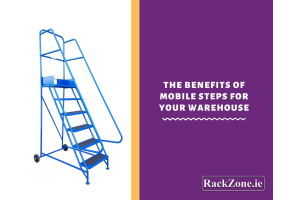7 Ways to Reduce Damaged Stock in A Warehouse
In warehouse & manufacturing operations, things get broken, it’s inevitable. However, by streamlining internal procedures, many facilities can significantly reduce the levels of damaged inventory they face annually. Protecting inventory in your warehouse should be a top priority for every facility manager. Every cent that can be saved by avoiding product loss due to damage is another cent earned. Here at RackZone, we want you to learn the best practices that can help you protect your inventory. We have compiled this list of seven ways that can help you reduce the amount of damaged stock in your warehouse.
1. Reduce clutter
A safe warehouse floor is one that is kept clean and tidy. You can significantly lower the likelihood of warehouse product damage by removing unwanted clutter. A clean warehouse is very beneficial in avoiding forklift accidents. These vehicles are already difficult to operate, especially in confined spaces. Accidents caused by unseen obstacles have the potential to seriously damage warehouse inventory.
2. Avoid overloading
It is understandable for warehouse operations managers to want to maximize their available space. Overloading the shelves or racks in a warehouse, however, carries significant risk. Each of these shelves is designed to support a specific amount of weight, and going over that limit could have disastrous effects. It is common for overloaded racking and shelving units to collapse when overloaded, leading to a significant loss of stock.
3. Weatherproof your warehouse
In a warehouse setting, mistakes and accidents are usually the cause of damaged inventory, but there are other potential causes as well. Large-scale losses, for instance, are frequently caused by flooding or other extreme weather conditions. A warehouse needs to be weatherproofed in more ways than just making sure the roof does not leak when it rains.
After all, heat has the potential to melt plastic or harm delicate electronics. Humidity can create moisture in a variety of products. A roof may collapse from too much snow. Many significant losses could be avoided by weatherproofing a warehouse and routinely checking the facility's security.
4. Utilise visible signage
Having employees who are familiar with how to navigate the warehouse is very beneficial. In some large facilities, this is easier said than done. Employees can detect and prevent accidents by obeying large, visible signs that point them in the right direction, which can also reduce product damage on the warehouse floor.
5. Upgrade facility lighting
Few managers will recognise dim lighting as a reason for damaged inventory. However, insufficient lighting frequently leads to blunders and mishaps. Employees are more prone to make costly mistakes during packing, storage, or general product handling when they can't see what they're doing. Lighting can be improved to protect goods that might otherwise be damaged in collisions and to lower the number of vehicle-related accidents in the facility.
6. Install safety equipment
Installing rack safety netting primarily serves to protect employees from harm and injury, but it also has the fortunate side effect of preventing cartons from falling from palletised loads and breaking. Other safety equipment, such as visibility mirrors function similarly – you install them to protect people, but they do a fine job protecting products as well. Installing affordable column guards for pallet racks is another smart move to reduce inventory damage. They can mitigate some of the effects of forklift mishaps and prevent a rack collapse, which is one of the more disastrous ways to rapidly destroy a large number of goods.
7. Balance caution and speed
People make mistakes and products are dropped, crushed, or carelessly tossed in a way that can damage them, distort them, or even destroy them when they are stressed, tired, and stiff from working at unnatural angles. The appropriate height should be chosen for workstations. Dealing with loaded pallets can be made simpler and easier with pallet positioners. Lifts, hoists, and balancers can be used to lessen the physical strain on your employees which can assist when preventing product damage when it is being picked, packed, or processed in addition to costly accidents.
It's important to note that nothing can eliminate all product and stock damage but you can improve your odds. Products, containers, or boxes may be dropped and damaged by order pickers, packers, or material handlers. Rack uprights may be knocked by forklifts. There will be mechanical issues. Pallets will be wrapped or stacked carelessly by employees who are not on their game. Greater types of damage can be eliminated. You can create a situation where overall rates of product and stock damage trend in the right direction and where your customers are minimally impacted. Here at RackZone, we can provide you with all the necessary storage solutions to help ensure your warehouse is as efficient and safe as possible to help you reduce the amount of damaged stock within your warehouse, for further information on any of our products please do not hesitate to contact us on +353 (0)90 9673261 or email us at [email protected].




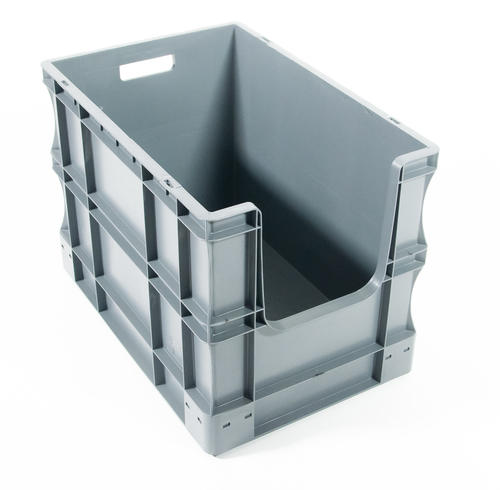
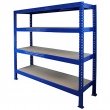
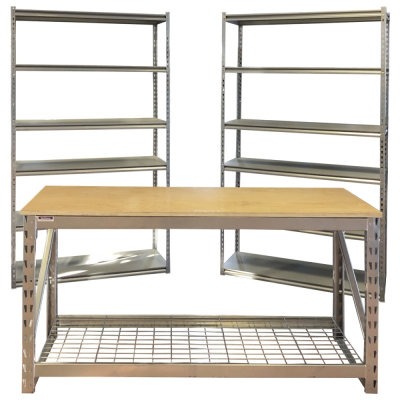
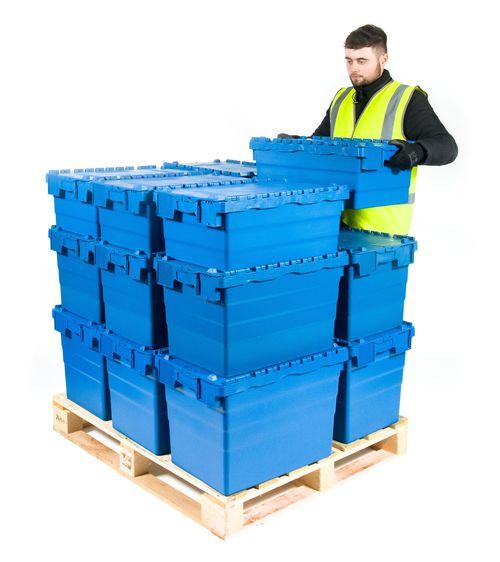
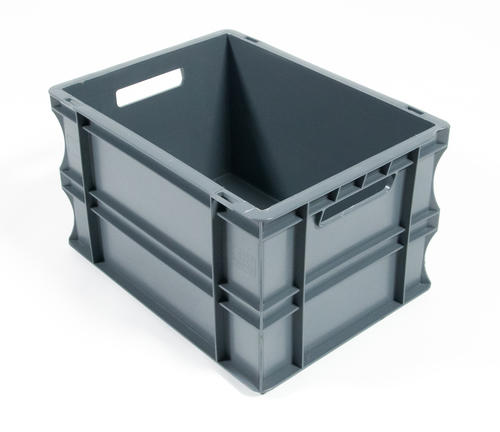
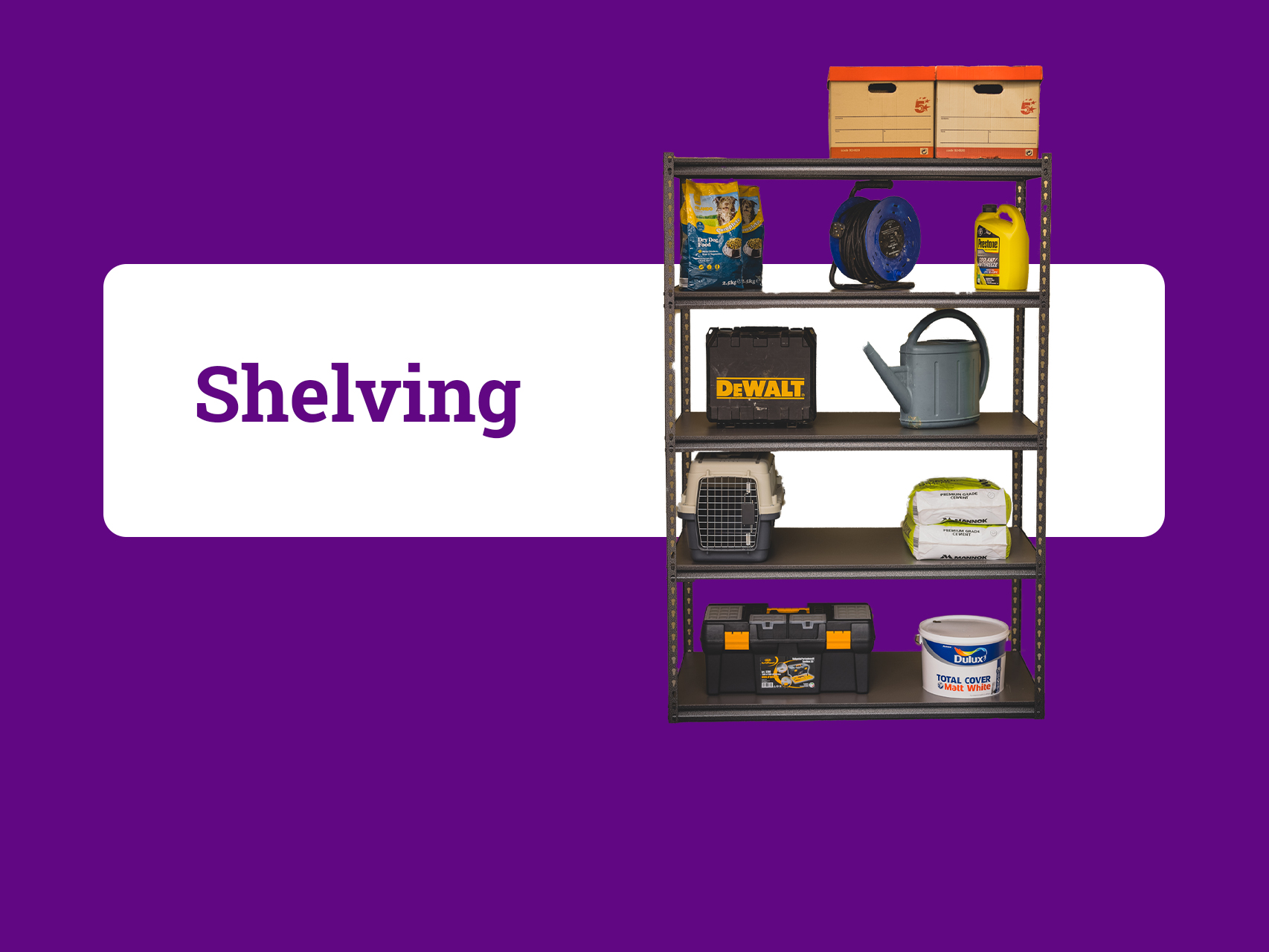
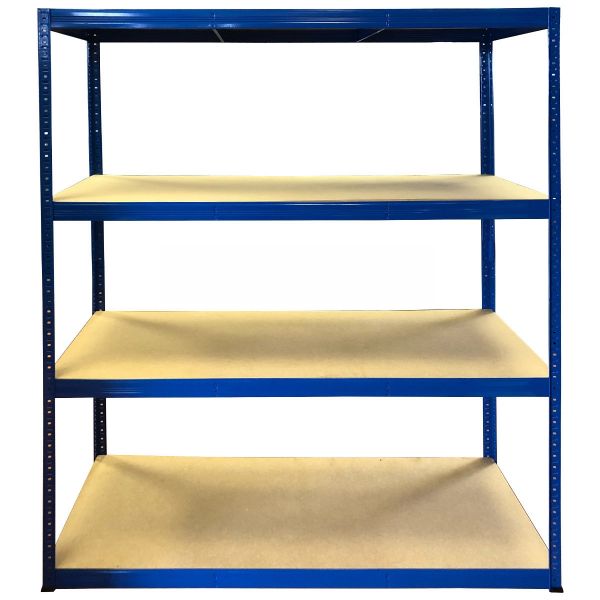
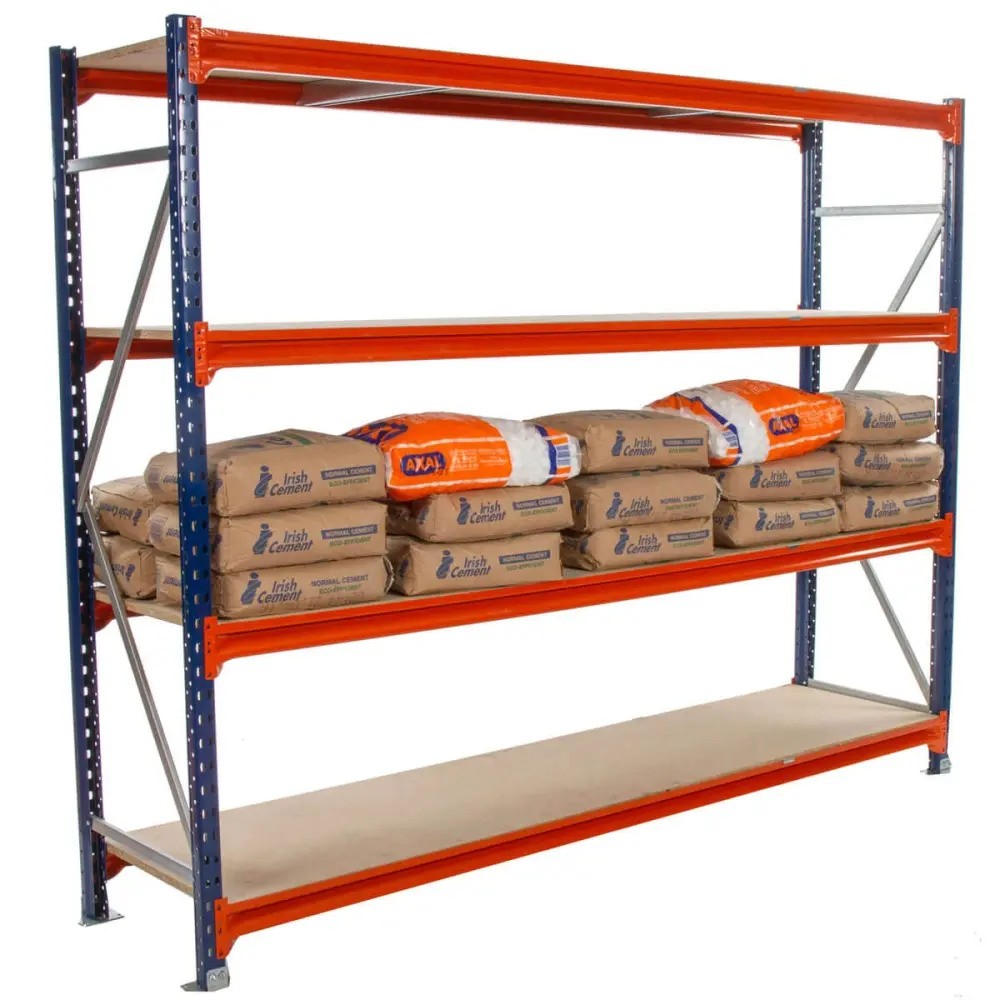 Warehouse Shelving
Warehouse Shelving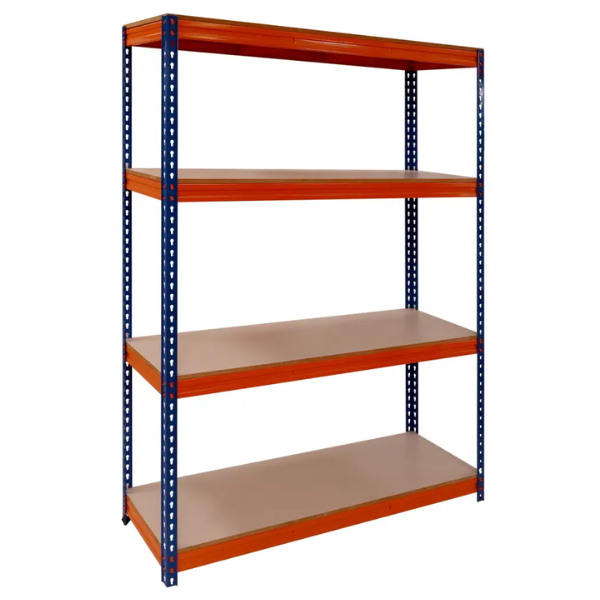 Industrial Shelving
Industrial Shelving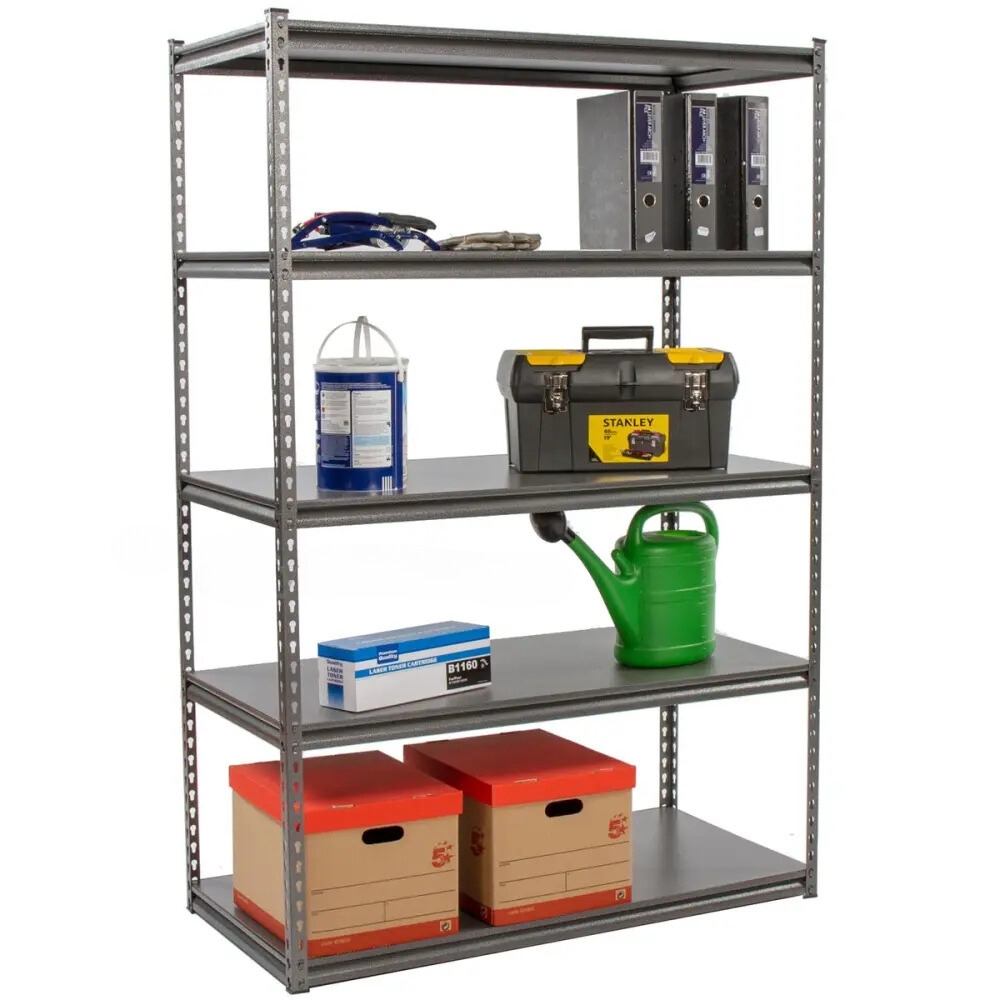 Garage Shelving
Garage Shelving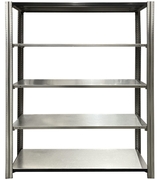 Metal Shelving
Metal Shelving 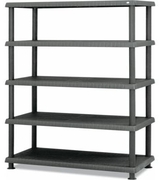 Plastic Shelving
Plastic Shelving 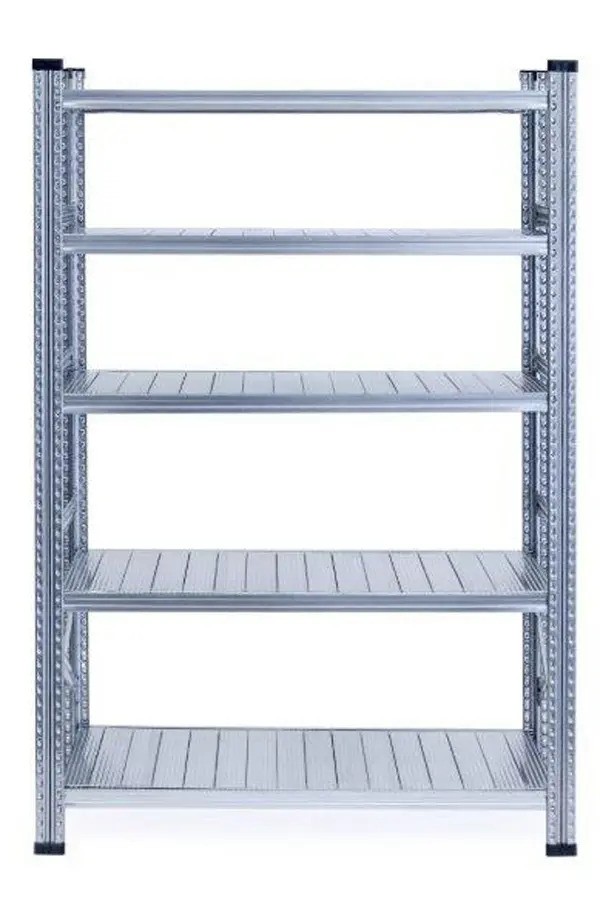 Galvanised Shelving
Galvanised Shelving 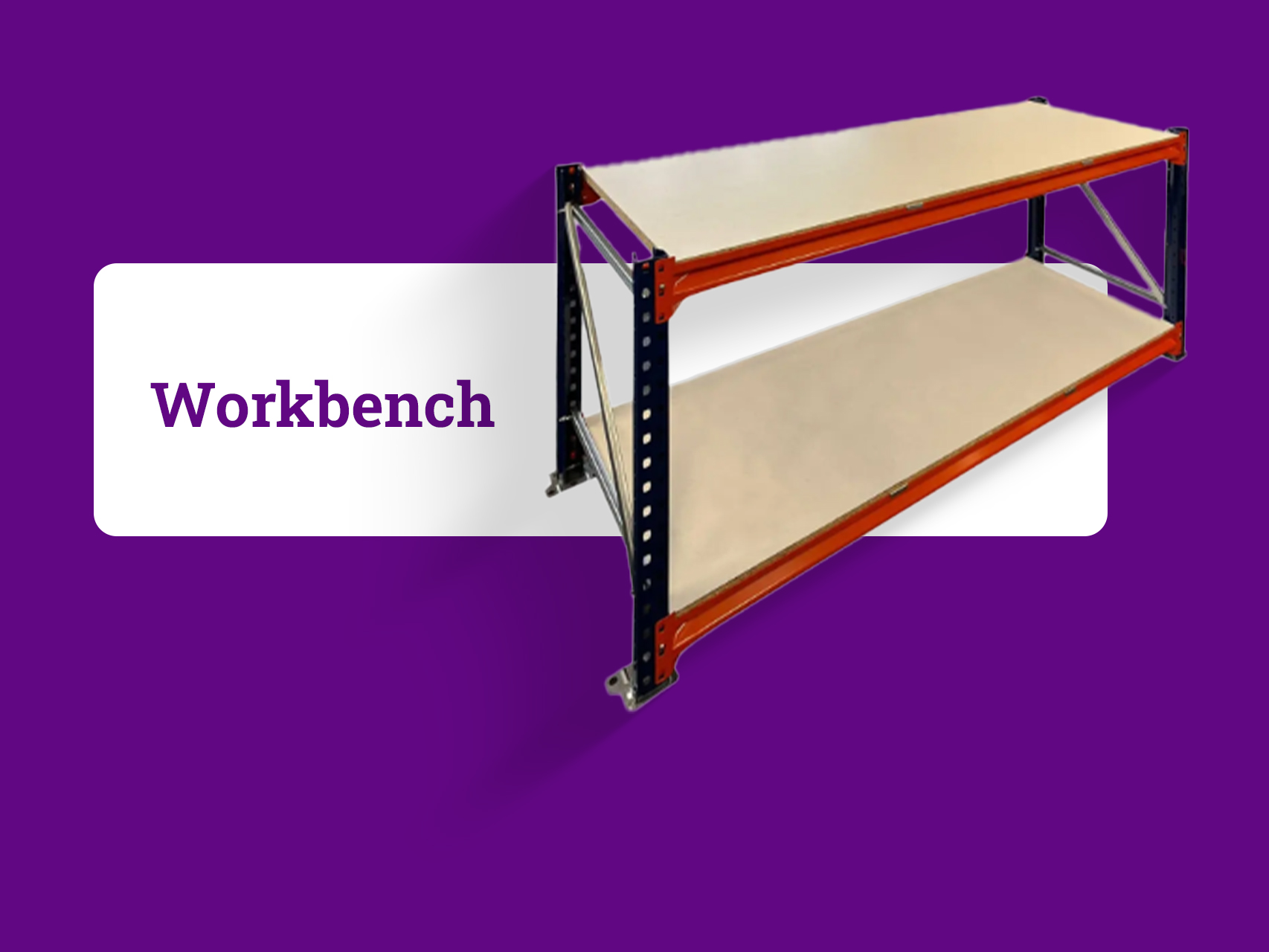
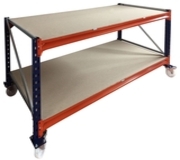 Industrial Workbench
Industrial Workbench 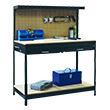
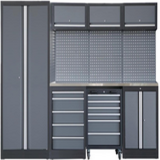 Modular Workstations
Modular Workstations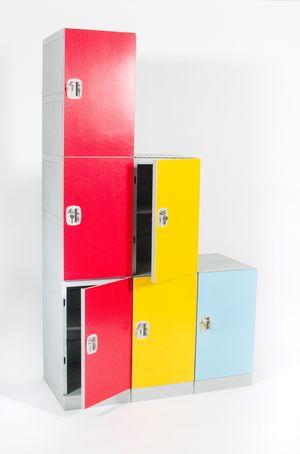

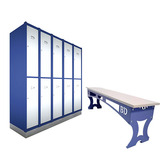 Metal Lockers & Benches
Metal Lockers & Benches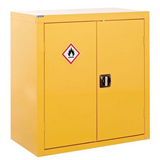 Chemical Cabinets
Chemical Cabinets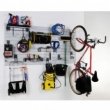
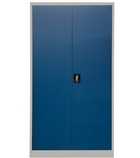 Cabinets
Cabinets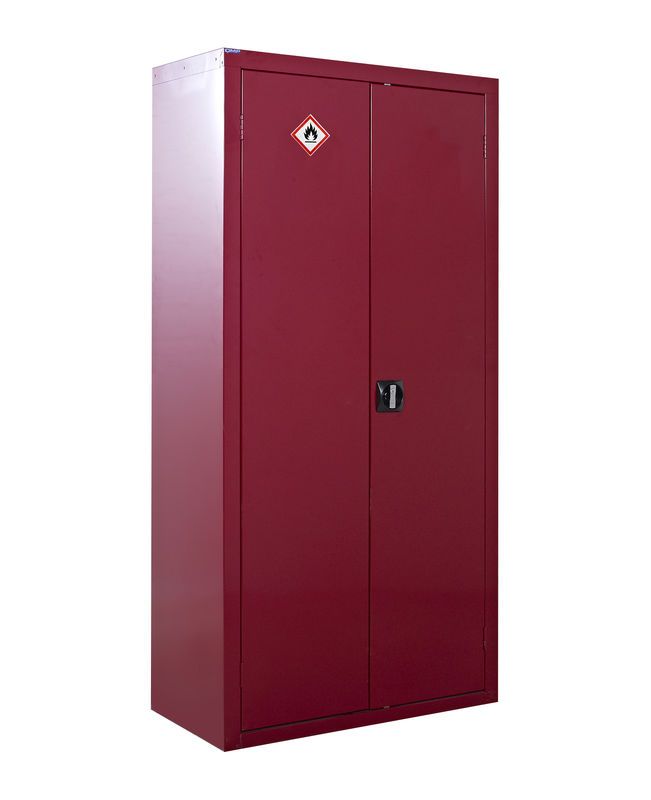 Flammable Liquid Cabinets
Flammable Liquid Cabinets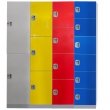
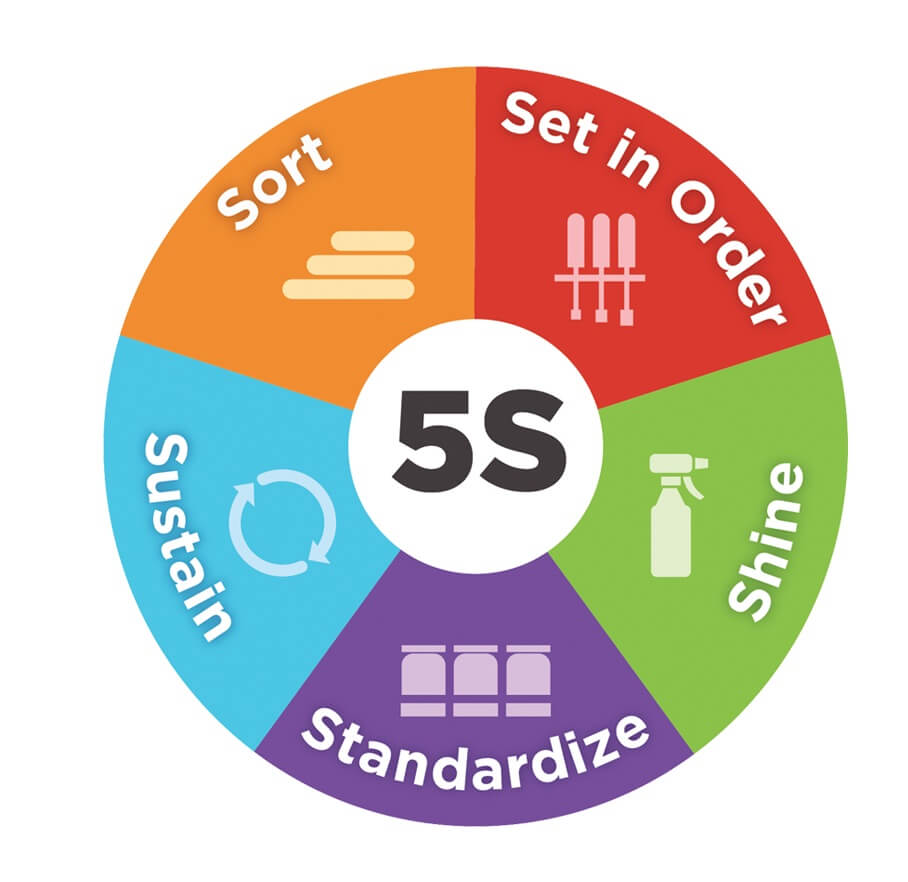 Lean Products
Lean Products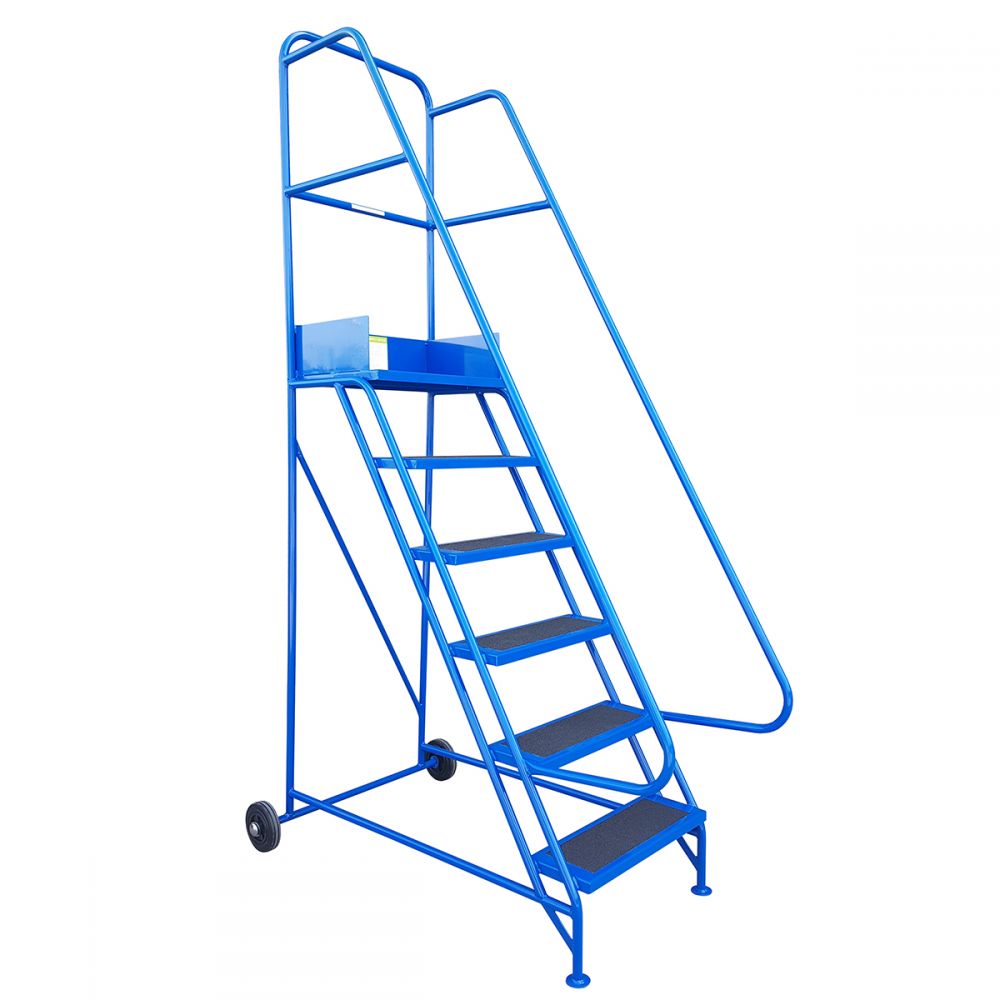
 Wall-Zone
Wall-Zone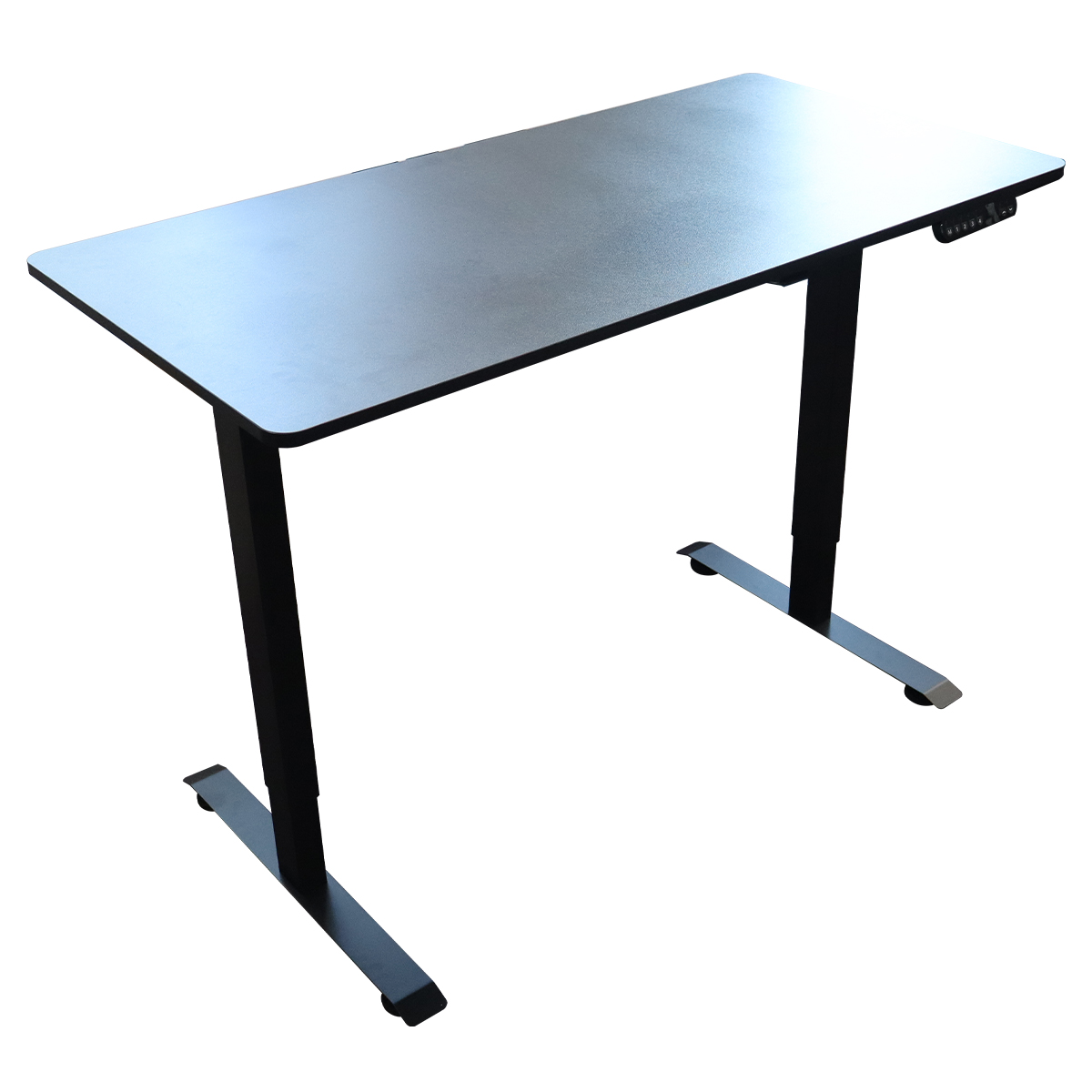 Sit & Stand Desks
Sit & Stand Desks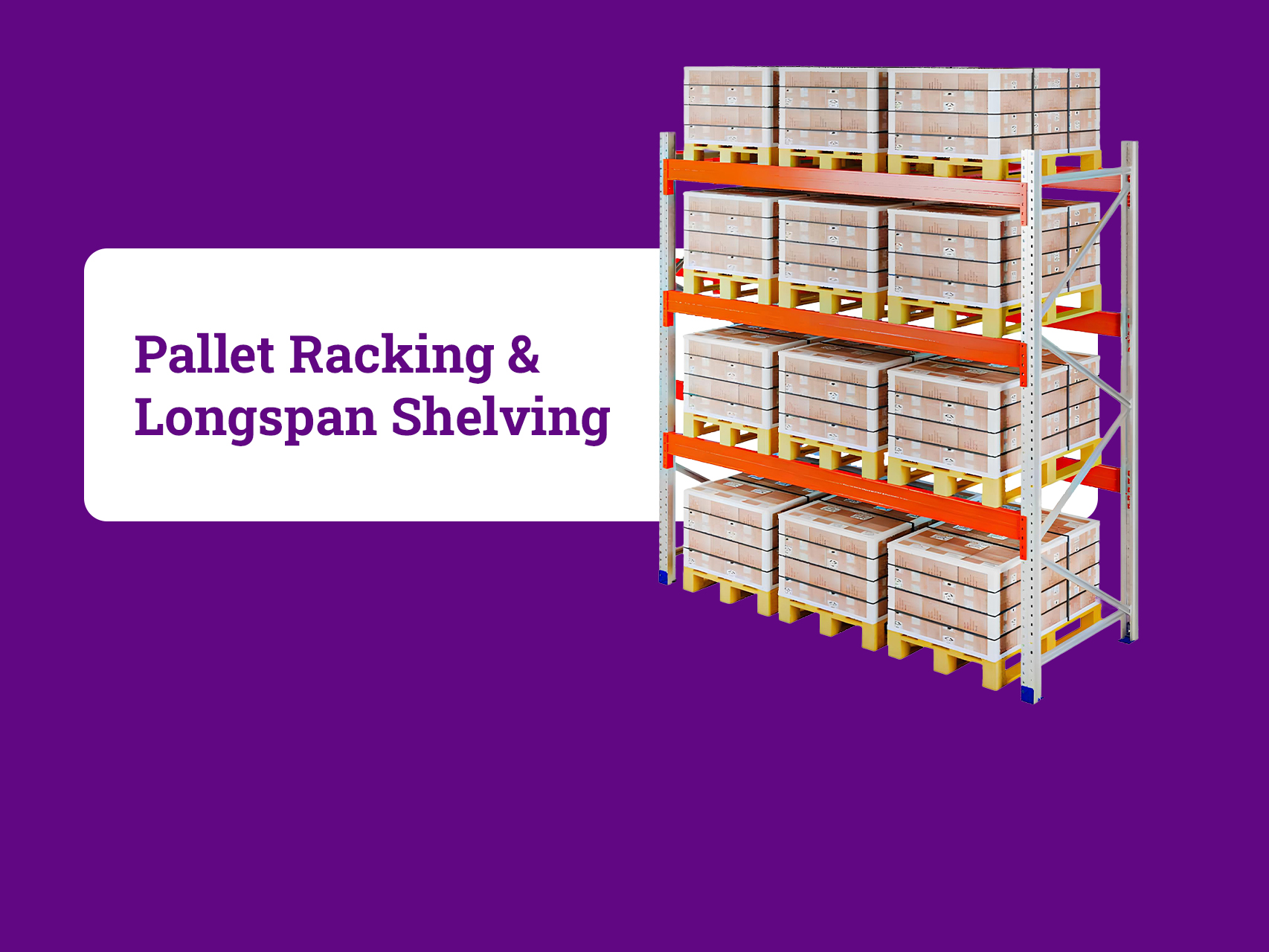
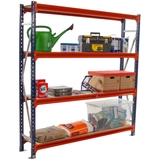 Longspan Racking
Longspan Racking 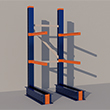
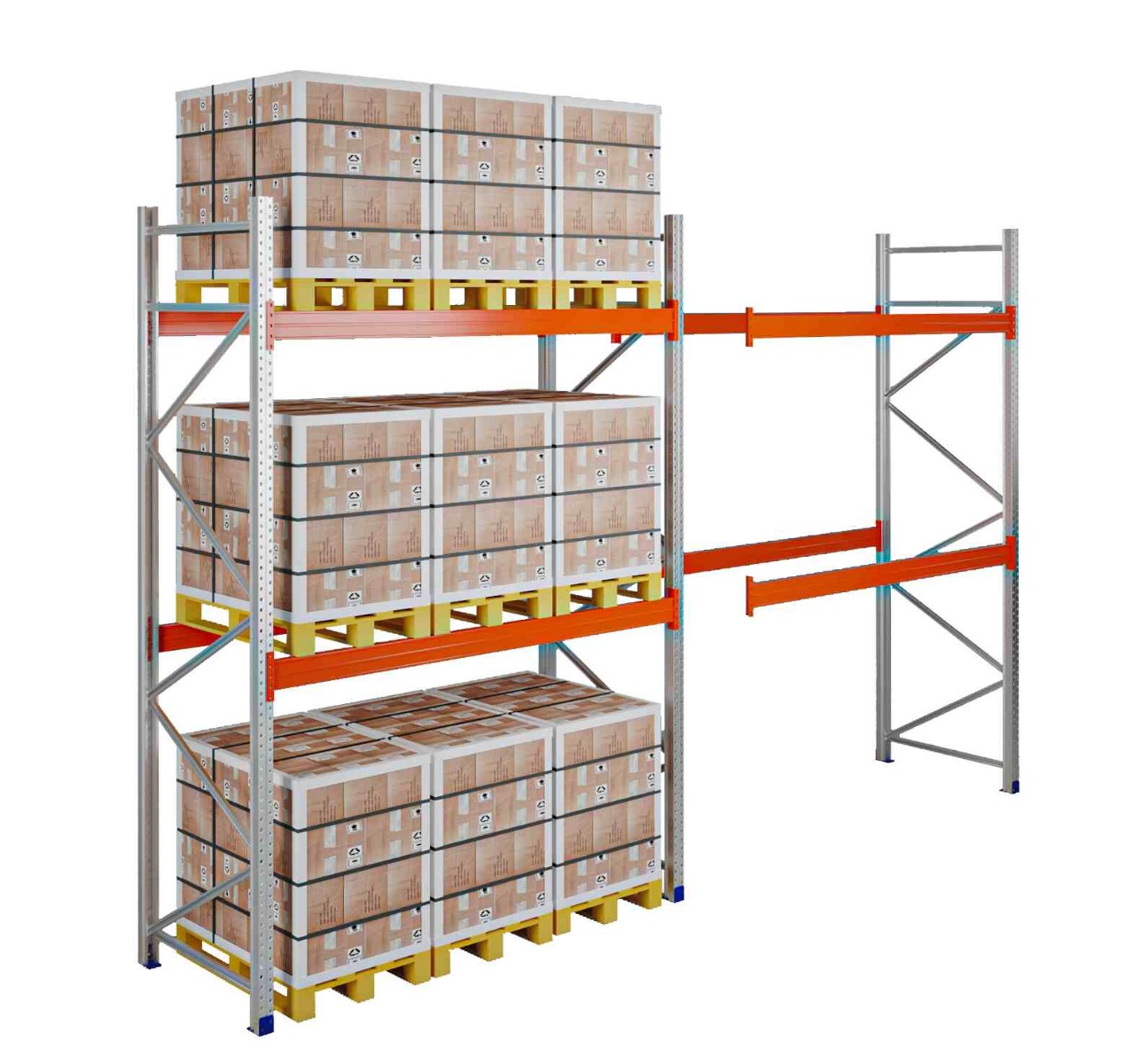 Industrial Pallet Racking
Industrial Pallet Racking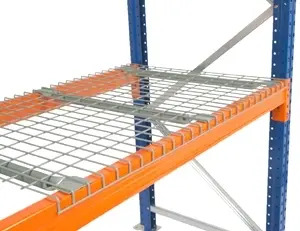 Wire Mesh Decking
Wire Mesh Decking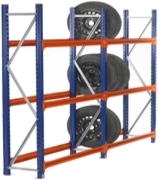 Tyre Racking
Tyre Racking Vertical Storage
Vertical Storage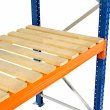
 Racking Pull Out Drawers
Racking Pull Out Drawers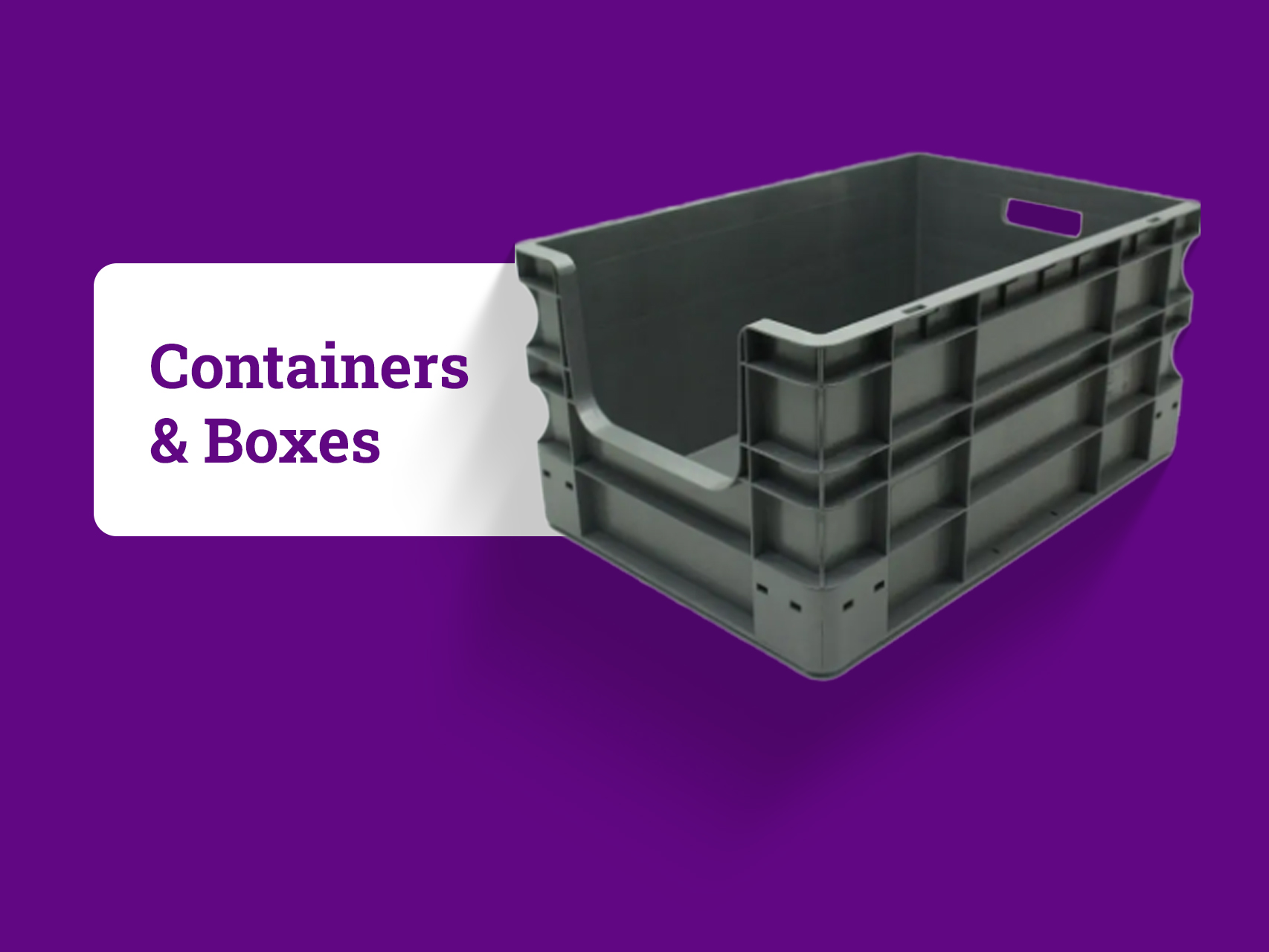

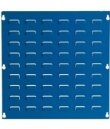
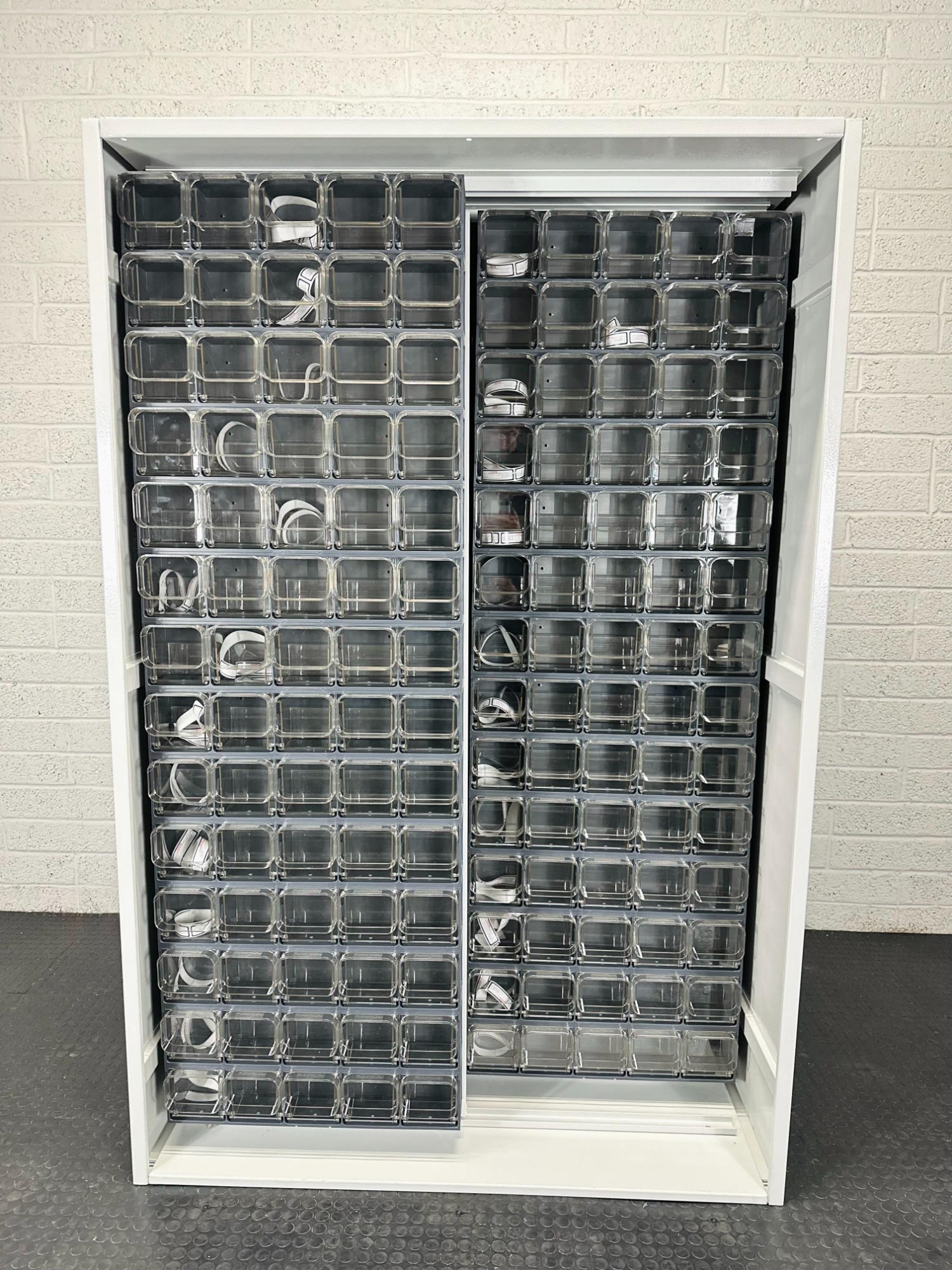 Crystal Box Systems
Crystal Box Systems
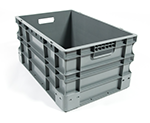

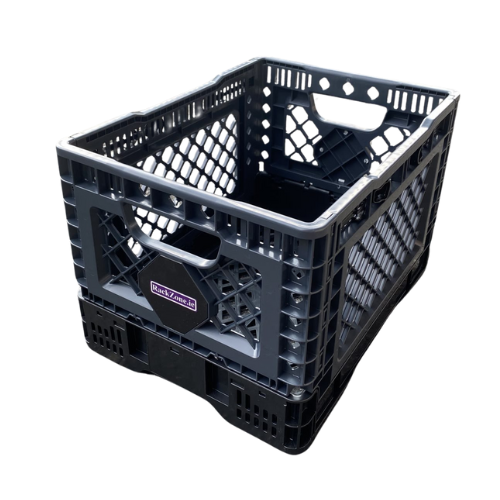 Foldable Crates
Foldable Crates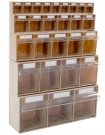
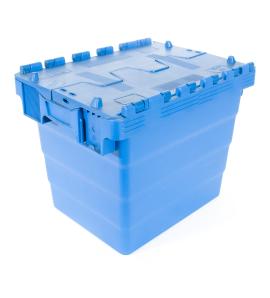
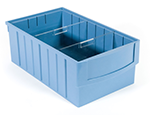
 Tool Organiser
Tool Organiser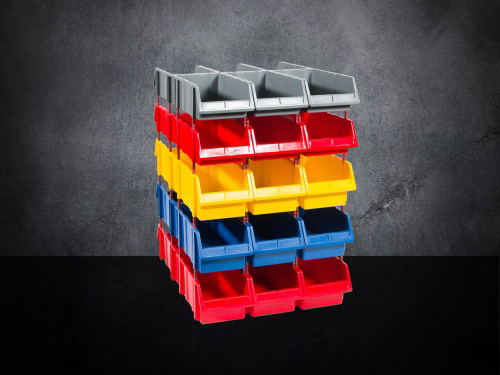


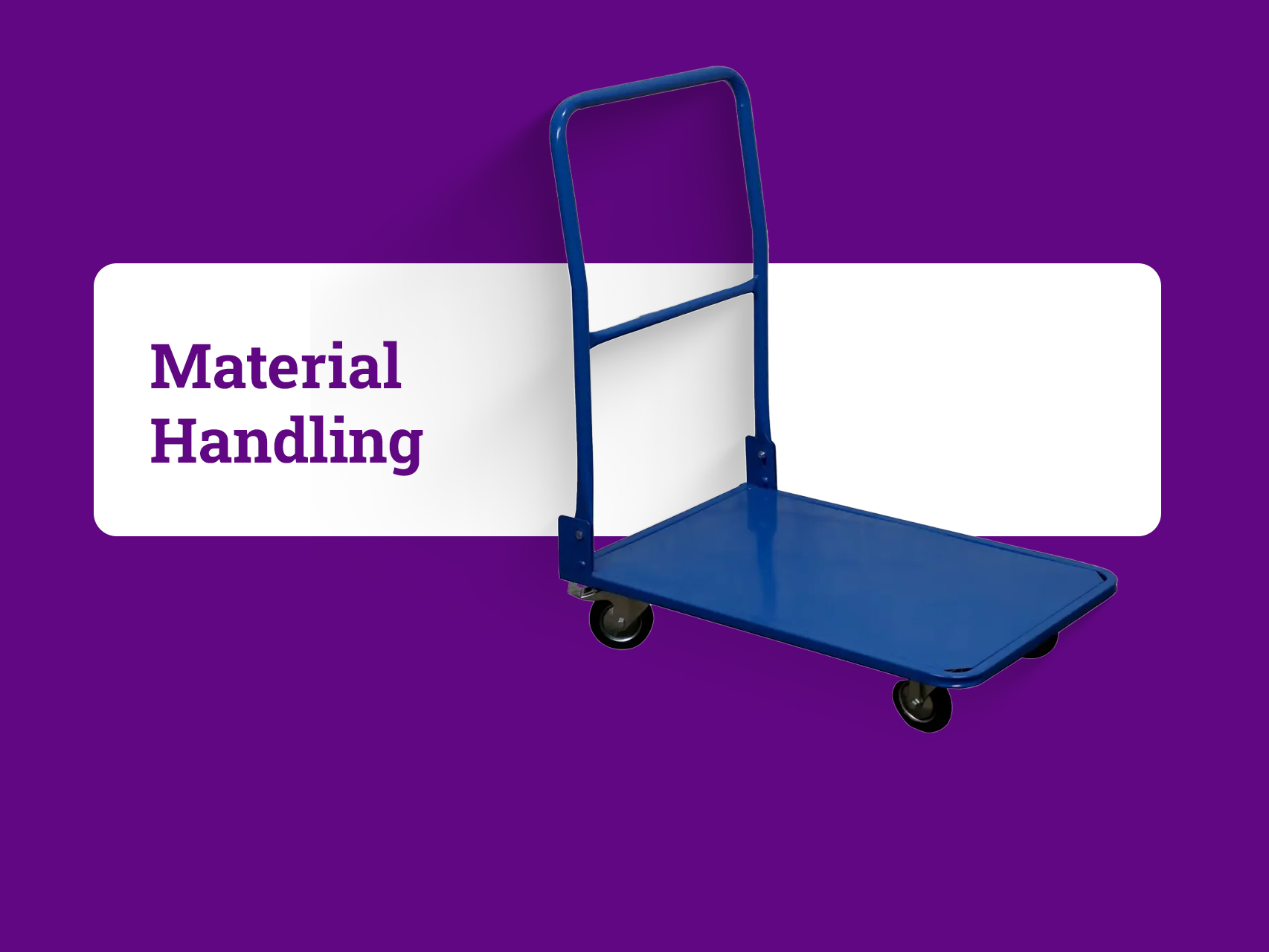
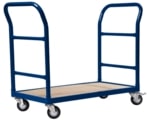 Platform Trolleys
Platform Trolleys 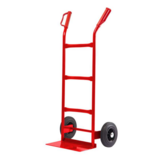
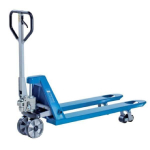
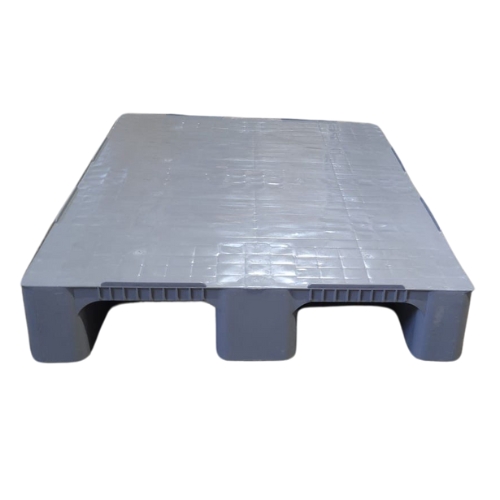 Plastic Pallets
Plastic Pallets






